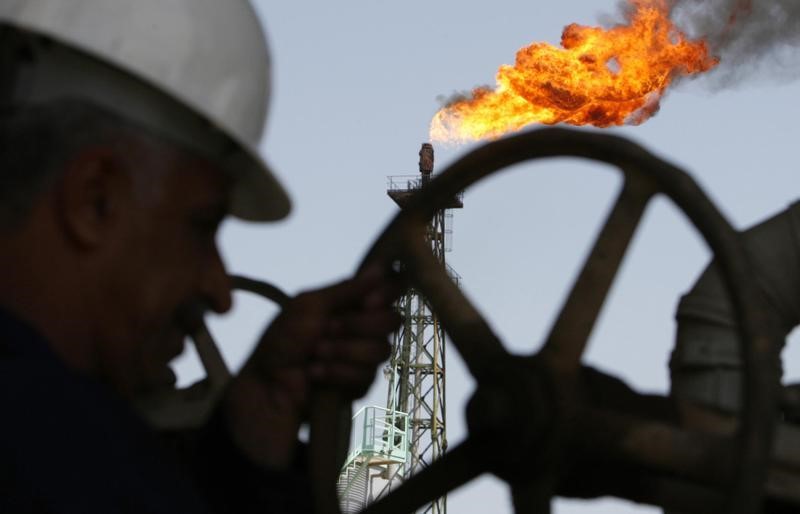Infosys, Wipro decline despite upbeat Q2 earnings; margin concerns weigh
By Peter Nurse
Investing.com -- Oil prices rebounded Tuesday after the sharp losses of the previous session, as the market attempted to weigh up the extent of demand destruction from the prolonged COVID-19 lockdowns in China.
By 8:45 AM ET (1245 GMT), U.S. crude futures traded 1.2% higher at $99.67 a barrel, while the Brent contract rose 1.2% to $103.34 a barrel. Both benchmark contracts ended the previous session down around 4%.
U.S. Gasoline RBOB Futures were up 0.9% at $3.2494 a gallon.
The market remains on tenterhooks with regard to COVID developments in China, the world’s largest importer of crude. Beijing districts have begun a week of mass testing, while Shanghai’s lockdown still continues.
However, there was some good news Tuesday, after travel data firm OAG said that global airline capacity has surged to its highest level in 2022 this week because of a rebound in Chinese domestic demand despite the extended lockdowns in Asia's biggest aviation market.
“The key for the market is how the situation in Beijing develops in the coming days and weeks,” said analysts at ING, in a note. “In March, apparent oil demand in China came in at around 13.3MMbbls/d, up 2% YoY. It is likely that this has taken quite a big hit over April, but we will need to wait for trade and industrial output data for April to get a better idea of the full impact.”
Away from the situation in China, the ongoing war in Ukraine and the associated sanctions on Russia continue to provide underlying support for the market.
The political parties involved in Germany's ruling coalition have called on the government to push ahead with a plan to phase out Russian oil and gas imports "as soon as possible."
The U.S. has already banned Russian oil imports and the U.K. has announced plans to phase them out by the end of the year. The European Union has balked at such a move so far, with many countries in the bloc heavily dependent on Russian energy. Germany, the largest economy is the union, currently buys around 25% of its oil and 40% of its gas from Russia.
“The key upside risk for the market remains a potential EU ban on Russian oil. While it is looking more likely that we will ultimately see a ban, the uncertainty is how quickly a ban will be introduced,” ING added.
The American Petroleum Institute will report its weekly estimate of U.S. crude and fuel stocks later in the session, as usual.
Five analysts polled by Reuters estimated on average that U.S. crude inventories had increased by 2.2 million barrels in the week to April 22. This would be a bearish result given stocks fell by 4.5 million barrels the week before.
